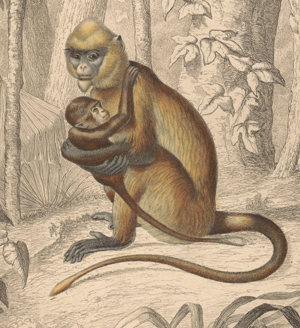Introduction
Charles Darwin: After the Origin

The year 2009 marks both Charles Robert Darwin’s 200th birthday (February 12th) and the 150th anniversary of the publication of the Origin of Species. The alignment of the two anniversaries offers a unique opportunity to look more closely at Darwin’s work during the last two decades of his life. After 1859, Darwin continued to seek further support in nature for the ideas he had presented in the Origin. He badly wanted the world of science, and the wider reading public, to understand and accept what came to be called evolution. His relentless curiosity about the natural world also fueled his continuing investigations in botany, sexual selection, human descent, the expression of the emotions, and the movement of soil by earthworms. While this research was surprisingly diverse, it was unified by his concept of evolution presented in the Origin—by his certainty of the genealogical relationship of one organism to another, and of their shared origin.
Darwin’s work was also a family enterprise, taking place at Down House, his home, nestled in the English countryside south of London. Because Darwin was one of the last men of science to work almost solely in his home, gardens, and greenhouses, the settings for his investigations are of particular interest today.
This exhibition is a collaboration between the Museum of the Earth and the Cornell Library’s Division of Rare and Manuscript Collections. What you will see in the Library is only part of the story. We encourage you also to visit the Museum of the Earth on Ithaca’s West Hill. An accompanying book by guest curator Sheila Ann Dean is available for $15 plus postage by sending an order inquiry.